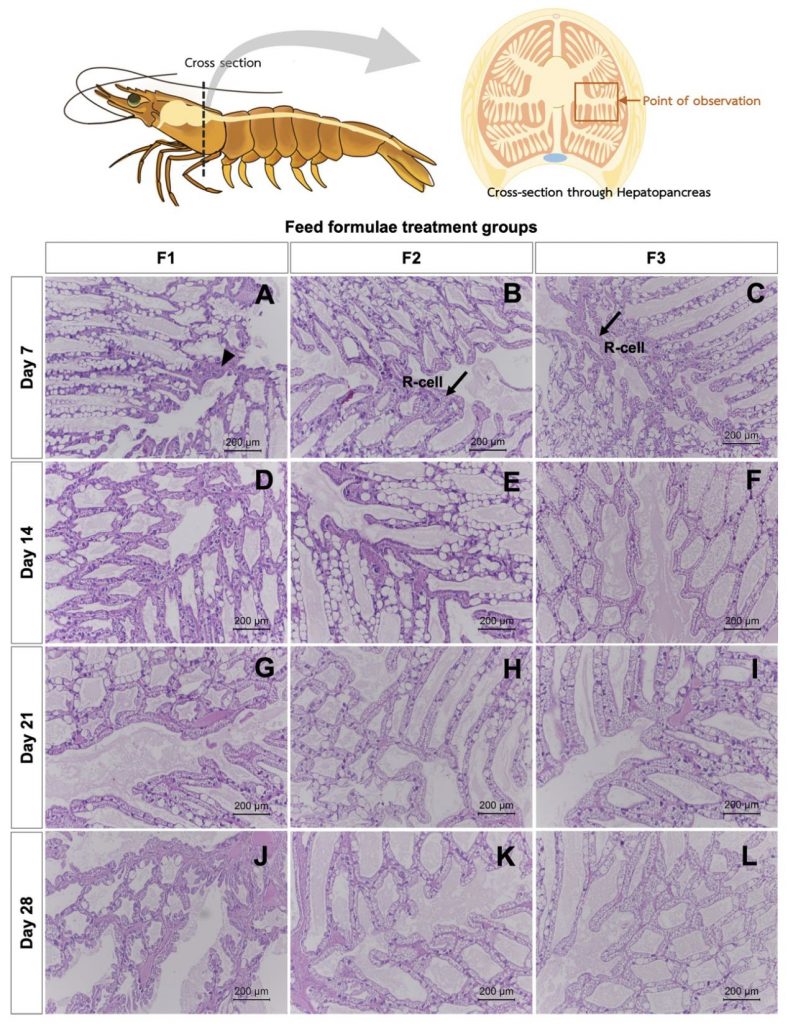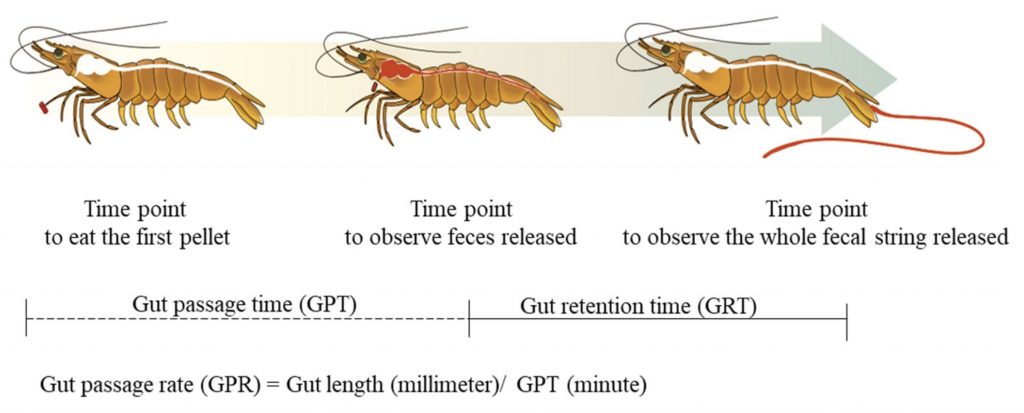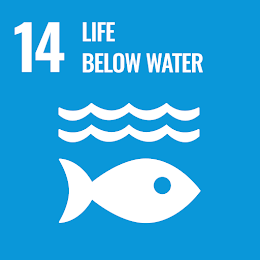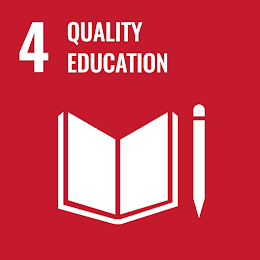Highlight
งานวิจัยนี้ได้เน้นย้ำถึงประเด็นสำคัญเกี่ยวกับประสิทธิภาพของอาหารกุ้ง โดยมีใจความหลักดังนี้: อาหารที่ลดปลาป่นแต่เพิ่มกากถั่วเหลือง (สูตร F2 และ F3) กลับให้ผลการเจริญเติบโต (น้ำหนักที่เพิ่มขึ้นและการเติบโตเฉลี่ยต่อวัน) ที่ดีกว่าอาหารที่มีปลาป่นสูง (สูตร F1) อย่างมีนัยสำคัญ กุ้งแสดงให้เห็นถึงความสามารถในการปรับตัวได้ดีต่อองค์ประกอบอาหารที่หลากหลาย การประเมินผลกระทบของอาหารต่อกุ้งควรพิจารณาปัจจัยที่หลากหลาย นอกเหนือจากการเจริญเติบโตเพียงอย่างเดียว โดยรวมถึงการทำงานของระบบทางเดินอาหารและสรีรวิทยา เช่น ระยะเวลาการเคลื่อนที่ของอาหารในลำไส้ (GPT), การคงอยู่ของอาหารในลำไส้ (GRT) และการเปลี่ยนแปลงของเซลล์ตับและตับอ่อน (R-cell)



ที่มาและความสำคัญ
งานวิจัยนี้มีวัตถุประสงค์เพื่อประเมินผลกระทบของสูตรอาหารกุ้งสามชนิด ซึ่งมีปริมาณปลาป่น (Fish Meal – FM) และกากถั่วเหลือง (Soybean Meal – SBM) ที่แตกต่างกัน (F1: FM สูง, F2: ผสม, F3: SBM สูง) ต่อการเจริญเติบโตและการทำงานของระบบทางเดินอาหารของกุ้ง โดยทำการทดลองเป็นระยะเวลา 28 วัน
Abstract
This study evaluated the growth and gut performance of shrimp fed three isonitrogenous diets (37% crude protein) with varying inclusions of fish meal (FM) and soybean meal (SBM): F1 (27.5% FM), F2 (10% FM + 23.5% SBM), and F3 (38% SBM). Over a 28-day period, feed intake, feed conversion ratio (FCR), and survival rates showed no significant differences among the groups. However, shrimp fed F2 and F3 exhibited significantly higher weight gain and average daily growth (ADG) compared to those fed F1 (P < 0.05). Gut performance analysis revealed that F3 consistently had the highest gut passage time (GPT), while F1 had the lowest. By day 28, shrimp fed F2 displayed elevated gut retention time (GRT). F1-fed shrimp showed a high gut passage rate (GPR), whereas F3-fed shrimp had a low GPR until day 21, with differences becoming negligible by day 28. Histological examination of the hepatopancreas revealed an increased R-cell population in shrimp fed F3. These findings highlight the adaptability of shrimp to different dietary compositions and underscore the importance of considering multiple factors when assessing the impacts of feed on growth and physiology.
KEYWORDS: Gut performance, Fish meal, Soybean meal, Hepatopancreas
Citation: Kasamechotchung, C., Munkongwongsiri, N., Plaipetch, P. et al. Effect of partial and total replacement of fishmeal by soybean meal in feed on growth and gut performance of Penaeus vannamei. Sci Rep15, 451 (2025). https://doi.org/10.1038/s41598-024-83494-1
RELATED SDGs:
SDG Goal หลัก ที่เกี่ยวข้อง
14. LIFE BELOW WATER

SDG Goal ที่เกี่ยวข้องอื่น ๆ
4. QUALITY EDUCATION

ผู้ให้ข้อมูล: ผู้ช่วยศาสตราจารย์ ดร.ธนพงศ์ เครื่องคำ
ชื่ออาจารย์ที่ทำวิจัย: ผู้ช่วยศาสตราจารย์ ดร.ธนพงศ์ เครื่องคำ รองศาสตราจารย์ ดร.รพีพรรณ วานิชวิริยกิจ
แหล่งทุนวิจัย: The NSRF via the Program Management Unit for Human Resources & Institutional Development, Research and Innovation (Grant No: B05F640137) and National Science, Research and Innovation Fund, Thailand Science, Research and Innovation (TSRI) (P2351473)
ภาพถ่าย: ผู้ช่วยศาสตราจารย์ ดร.ธนพงศ์ เครื่องคำ
Webmaster: ว่าที่ ร.อ. นเรศ จันทรังสิกุล
Tags: Fish meal, Gut performance, Hepatopancreas, Soybean meal
